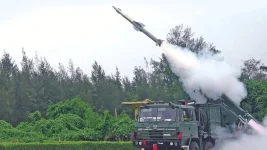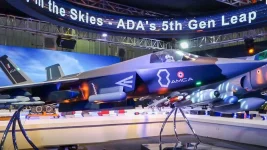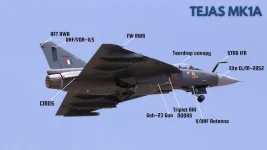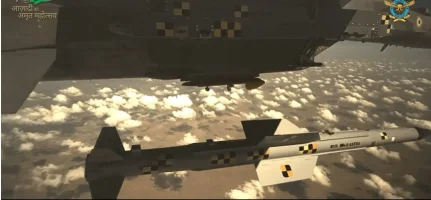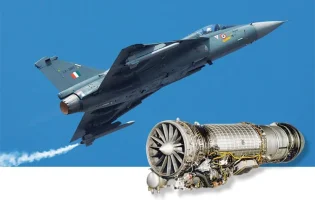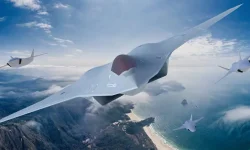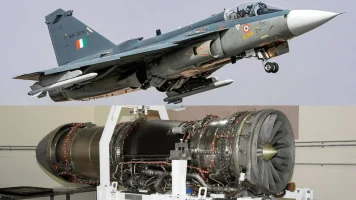In a major push for its flagship indigenous defence program, India is fostering a new collaborative model to accelerate the development of artificial intelligence (AI) and autonomous systems for its futuristic Advanced Medium Combat Aircraft (AMCA).
The Aeronautical Development Agency (ADA) is partnering with private Indian companies and leading academic institutions to embed next-generation combat technology into the fifth-generation stealth fighter jet, aligning with the strategic vision of the Indian Air Force (IAF).
This strategic partnership is a cornerstone of the Aatmanirbhar Bharat (self-reliant India) initiative in the aerospace sector.
In May 2025, the Ministry of Defence approved an execution model for the AMCA that opens the door for competitive participation from both public and private entities.
Recently, the ADA formally invited Expressions of Interest from Indian firms for the development, prototyping, and certification of the aircraft, signalling a move to harness the nation's full technological potential.
According to officials, the integration of AI will be a carefully managed, multi-phase process designed in close consultation with the IAF.
This approach will allow for the progressive enhancement of the aircraft's autonomous capabilities, ensuring the AMCA evolves into a formidable force multiplier that intelligently combines human command with machine efficiency.
The project, with a development budget of approximately ₹15,000 crore for five prototypes, is now moving into a critical execution phase.
A key innovation planned for the AMCA is a sophisticated "Electronic Pilot." This AI-driven system will function as a co-pilot, capable of managing flight control and navigation during high-stakes situations.
This allows the human pilot to concentrate on strategic tasks and weapon systems management, significantly boosting combat effectiveness. The system is being designed to handle complex operations such as autonomous takeoffs and landings, as well as executing long-range missions across India with minimal pilot intervention.
Furthermore, the AMCA will serve as a central node in modern, network-centric warfare through its Manned-Unmanned Teaming (MUM-T) capabilities.
This technology enables the pilot to command and control a swarm of unmanned platforms, such as loyal wingman drones and Unmanned Combat Aerial Vehicles (UCAVs), without direct manual input.
The AMCA will seamlessly relay real-time battlefield data to these unmanned assets, enhancing situational awareness and coordinating a multi-platform attack, a key feature of sixth-generation air combat concepts.
By involving agile private sector firms and research-focused academic bodies, the ADA aims to accelerate development timelines and ensure the AMCA is equipped with world-class technology.
This collaborative approach is vital for developing the complex AI algorithms, sensor fusion technologies, and secure data links essential for the aircraft's performance.
The first prototype of AMCA is anticipated to make its maiden flight by 2029, with the program aiming for full operational induction by 2035, positioning India among a select group of nations with indigenous fifth-generation fighter jet capabilities.

